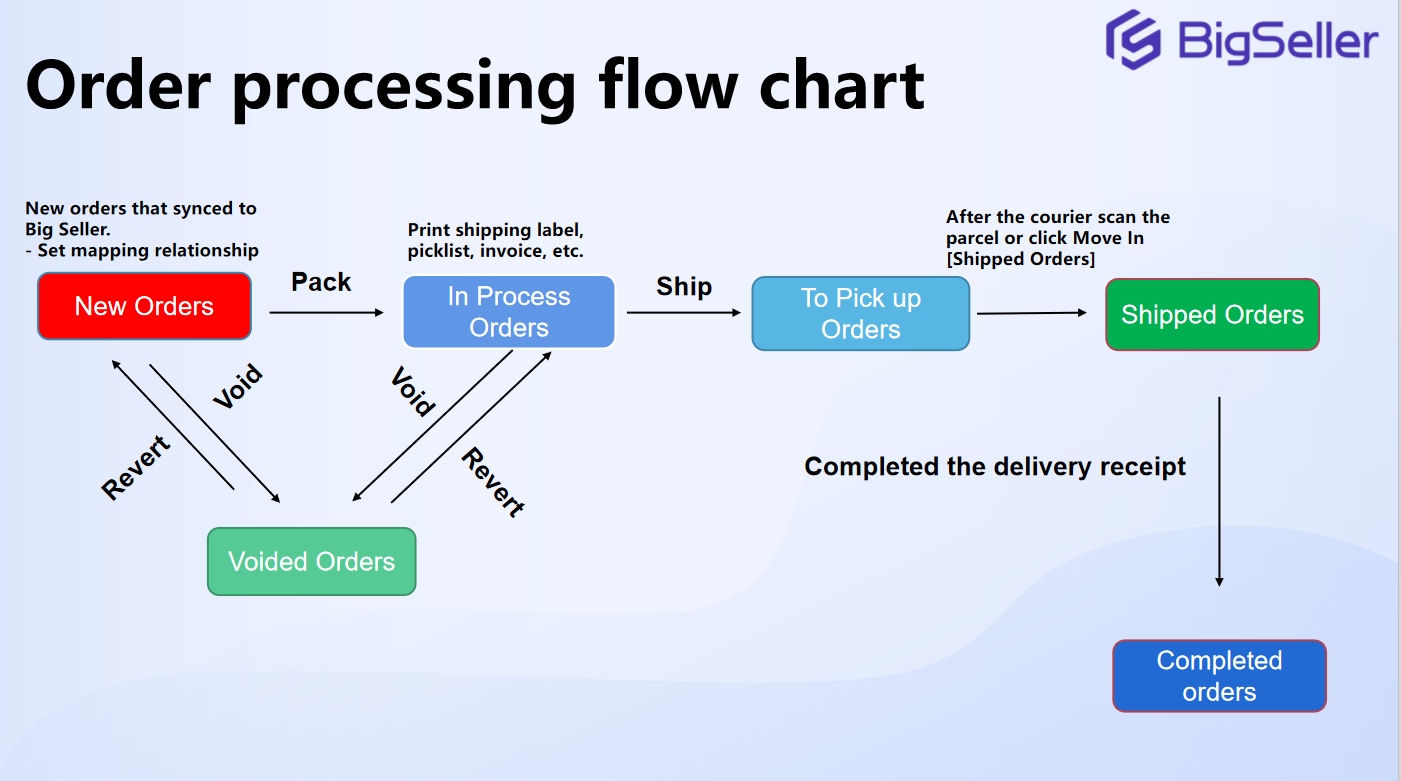Alibaba’s Missed Revenue Target: What It Signals for E-Commerce Sellers in 2025
Erra 16 May 2025 06:30ENCopy link & title
Let’s break down what happened, why it matters, and how sellers can prepare.
Revenue Falls Short Despite Consumer Growth
In its latest quarterly results (ending March 31), Alibaba reported 236.45 billion yuan in revenue, just a bit short of the 237.24 billion yuan analysts had predicted. Its earnings per share also missed expectations, landing at 12.52 yuan instead of the anticipated 12.94.
While a miss of this size might seem small on paper, it’s a signal that even one of the biggest players in the e-commerce world isn’t immune to China’s cooling economy.
Interestingly, Taobao and Tmall still delivered 9% revenue growth, a sign that shoppers are still buying, but their habits are shifting. With property market concerns and a general air of economic uncertainty, Chinese consumers are getting more cautious with their spending. They’re hunting for value, choosing discounted products, and holding off on non-essential purchases.
Price Wars & Instant Retail
To keep up with shifting consumer habits, China’s top e-commerce platforms from Alibaba, JD.com, and Pinduoduo are going all-in on aggressive discount strategies. Think massive price cuts, site-wide vouchers, and buyer subsidies. Why? Because in today’s economic climate, price-conscious shoppers are demanding more value for their money.
But price isn’t the only front in this battle.
There’s a new trend reshaping how Chinese consumers shop: instant retail. This model promises ultra-fast delivery in just 30 to 60 minutes, and it’s quickly becoming a major focus for the big players. Alibaba is investing heavily to dominate this space, betting on a future where up to 1 billion people could be shopping this way.
For e-commerce sellers, this shift carries big implications:
-
You may need to rethink your logistics to meet faster delivery expectations.
-
Flash deals, time-limited offers, and hyperlocal fulfillment could become standard.
-
Operational efficiency and automated inventory management will be critical.
As platforms compete on speed and price, you must be just as agile in how you manage promotions, stock, and fulfillment.

Cross-Border Challenges and Global Trade Concerns
Alibaba’s International Digital Commerce (AIDC) unit which includes platforms like AliExpress saw 22% revenue growth this quarter. While that’s still solid, it fell short of the expected 26.4%, and the company didn’t go into detail about why.
However, analysts believe that global trade uncertainties such as tariffs and shifting import/export rules may be to blame. CEO Eddie Wu acknowledged that regulatory unpredictability is now one of the biggest challenges facing Alibaba’s global business.
For cross-border e-commerce sellers, this sends a clear message:
Adaptability is no longer optional.
Regulatory changes can directly affect:
-
Shipping costs and delivery timelines
-
Customs clearance and product eligibility
-
Final pricing and profitability
To stay competitive, you need to be able to pivot quickly, whether that means rerouting logistics, adjusting pricing strategies, or finding alternative suppliers. Having flexible systems in place can make all the difference when navigating international uncertainty.
Read more: How E-Commerce Businesses Can Overcome Trade War Challenges with Strategic Supply Chain Management
So, Adapt or Fall Behind?
No matter which e-commerce platform you sell on Taobao, Tmall, JD.com, TikTok Shop, Shopee, or Lazada, the signal from Alibaba’s earnings is loud and clear: E-commerce is getting tougher.
Consumers are becoming more selective, more price-sensitive, and less patient. They expect:
-
Lower prices without sacrificing product quality
-
Faster shipping, sometimes within the hour
-
Seamless service and instant customer support
At the same time, sellers are under pressure to protect margins. That means doing more with less, streamlining operations, automating tasks, and making smart, data-driven decisions.
In this situation, success can belong to you if you move fast, optimise constantly, and scale efficiently without burning out or bleeding profit.

How BigSeller Helps E-Commerce Sellers Stay Competitive
With Alibaba and other e-commerce giants doubling down on instant retail, aggressive discounting, and global expansion, the pressure on individual sellers is greater than ever. To keep up, you need the right systems working behind the scenes.
As e-commerce competition intensifies and logistics, pricing, and data become more complex, BigSeller can help you stay ahead.
-
Real-time inventory management to support rapid fulfillment
-
Smart order sync to streamline operations across multiple platforms
-
Automated price and promotion tools to stay competitive during flash sales and platform-wide campaigns
-
Cross-border compliance support to navigate customs and delivery rules with ease

Whether you’re preparing for the next sales campaign or adjusting to the new expectations around delivery speed, BigSeller gives you the structure to compete like the big players, without the overhead.
Sign up for BigSeller today and discover how automation, inventory control, and platform integration can make a difference in your 2025 e-commerce strategy.
Subscribe to our WhatsApp Channel for the latest industry news, selling tips, and e-commerce updates, delivered straight to your phone.




